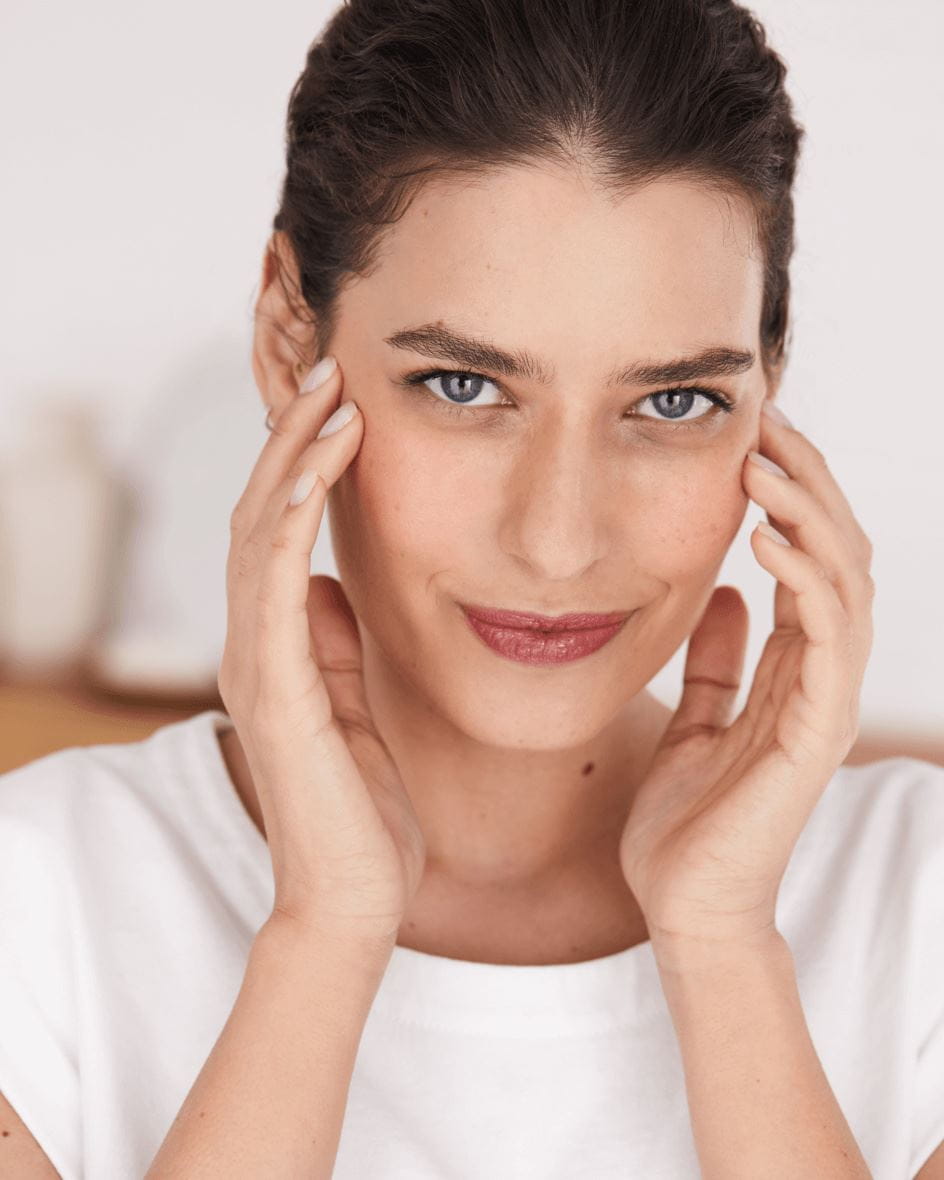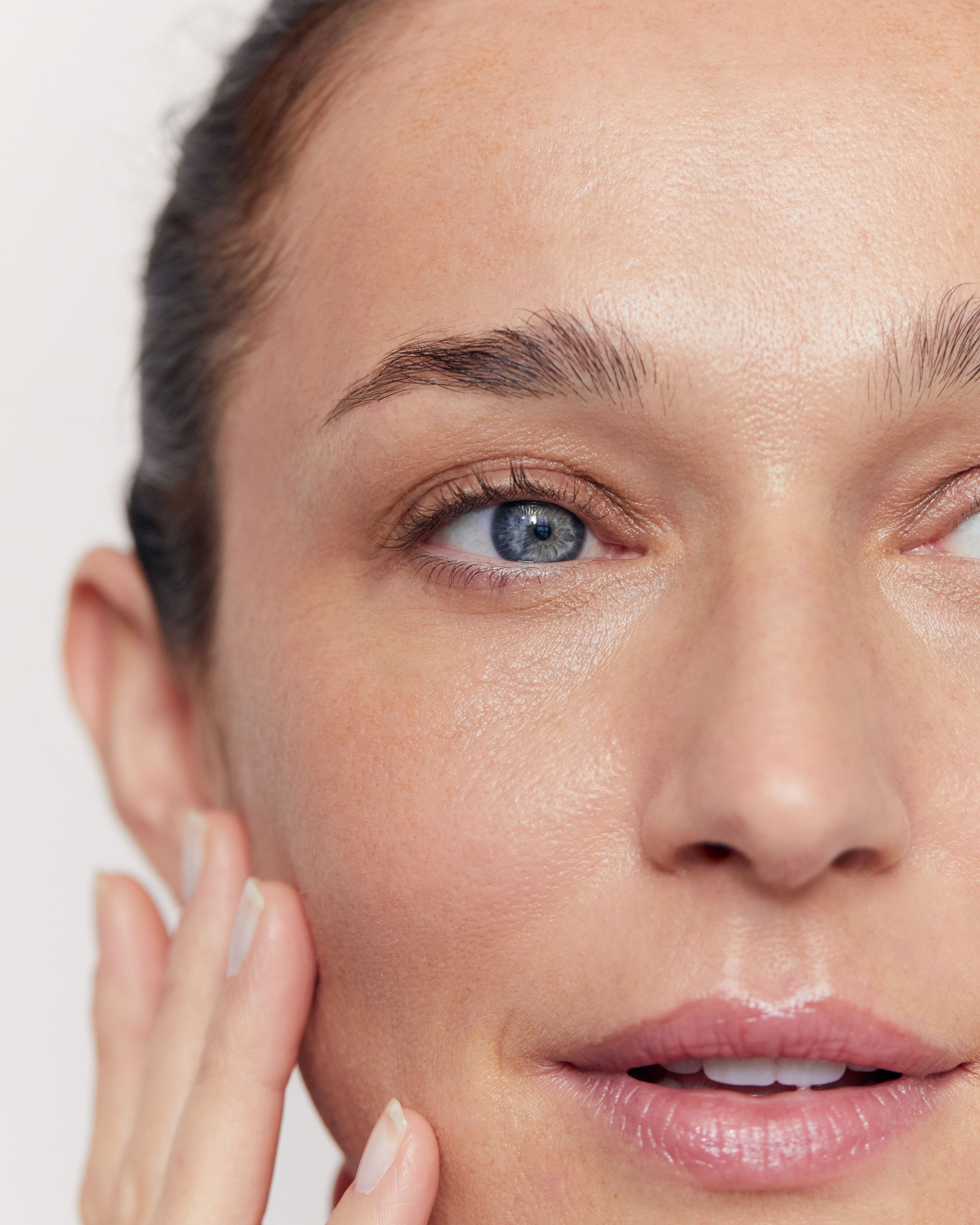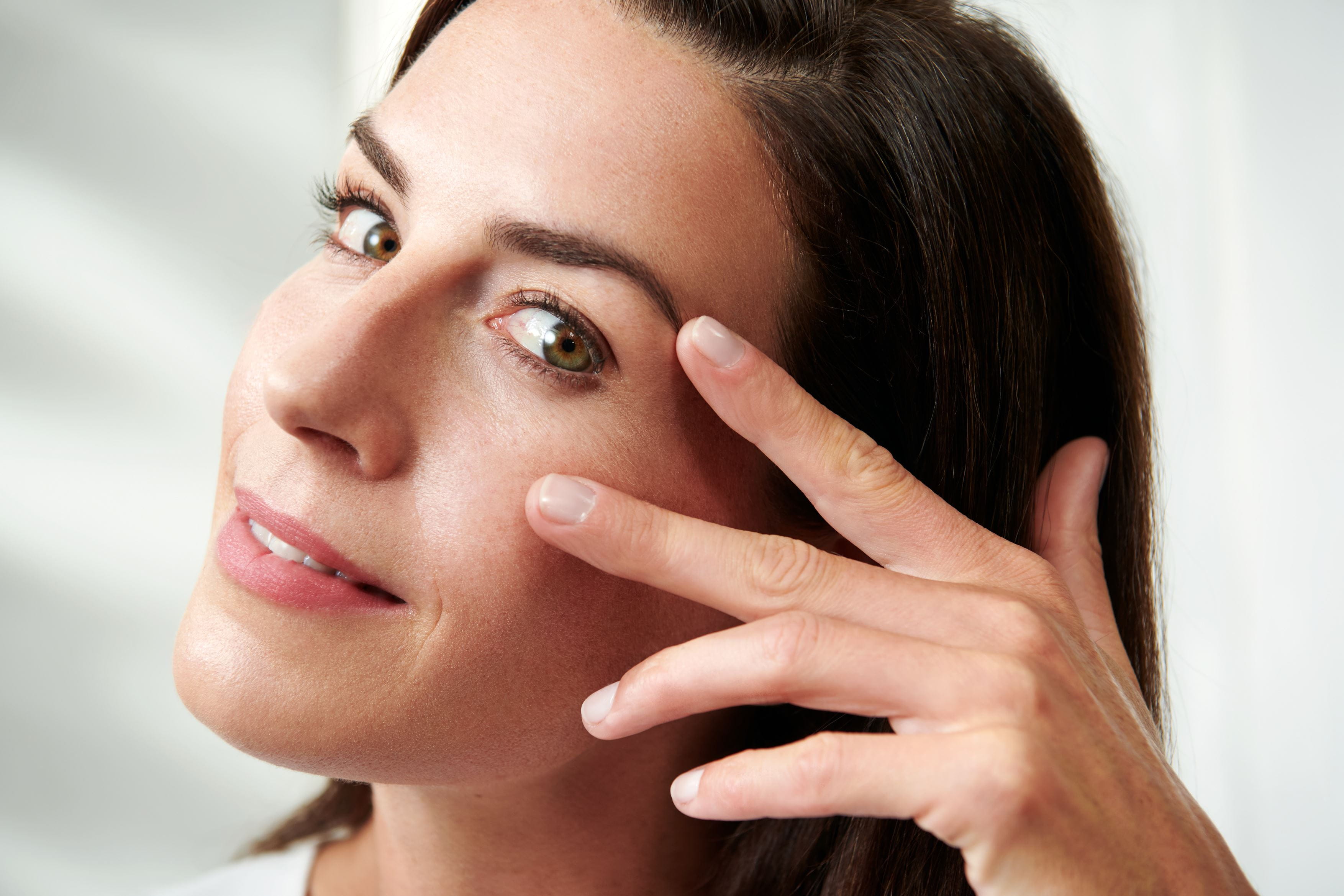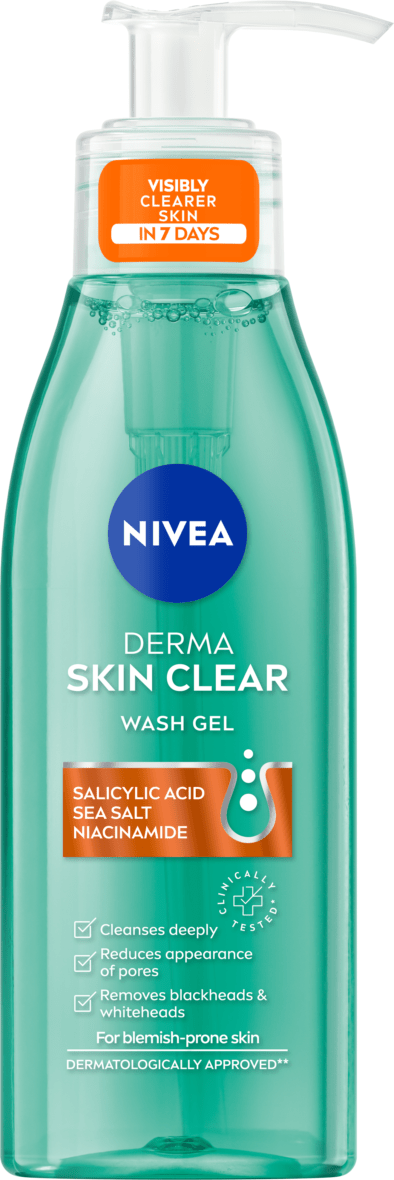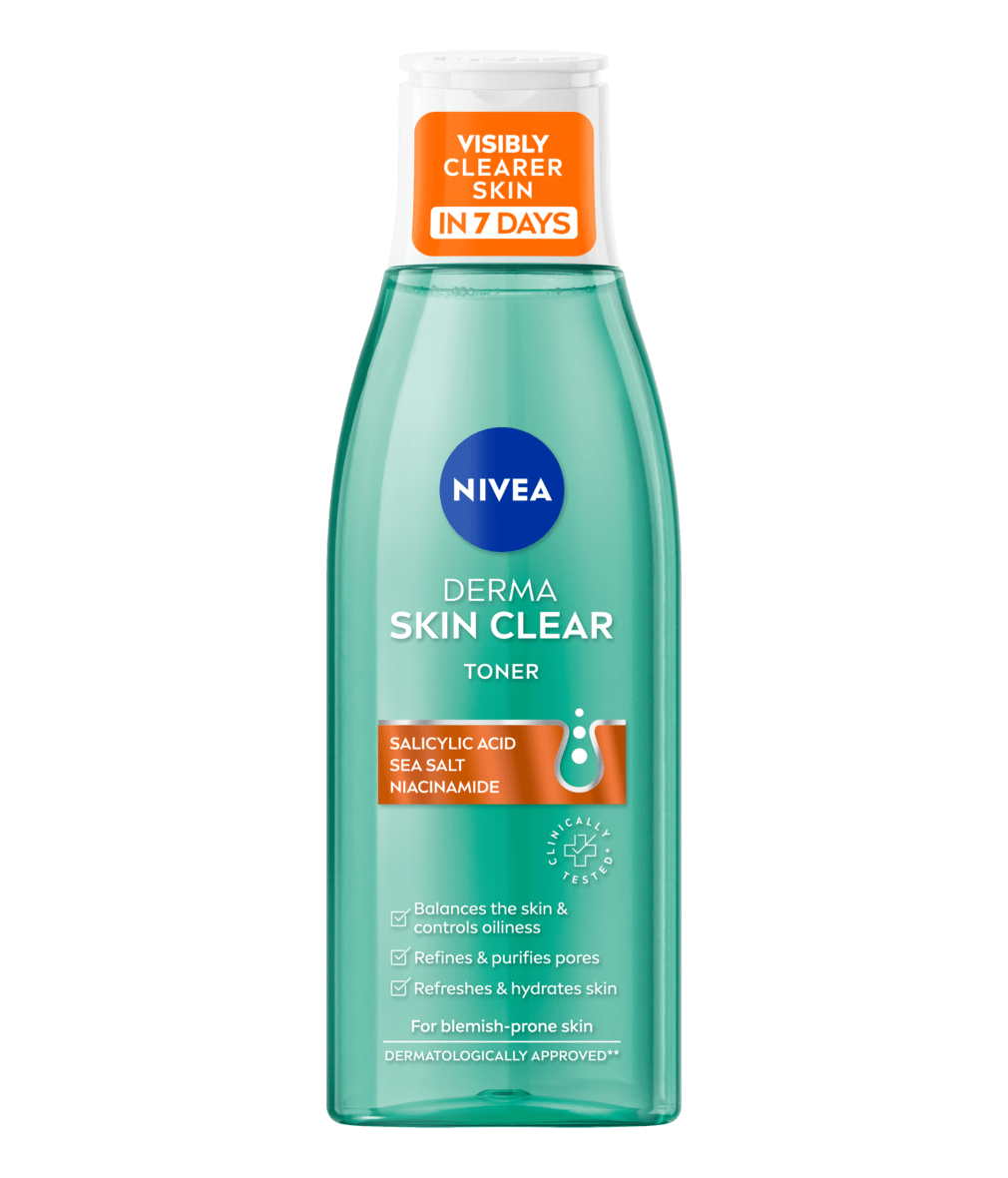
How To Reduce Facial Redness
Everything you need to know about facial redness, the causes, concerns and the many ways to get rid of persistent red blotches on your face.
How To Reduce Facial Redness
Facial Redness is often a cause of concern for many. Irritating red blotches on the face can become persistent and even painful depending on its severity. But what causes Facial redness and how can we reduce redness on the face?
Read on to discover answers to your concerns on this topic, including the main causes for a red face and the many efficient ways to treat it.
What are the red blotches on my face?
The red blotches on your face, known as facial redness, is identified through flushed skin on your cheeks, thickened and uneven skin around your nose, or the appearance of small visible blood vessels across your face.
The appearances of facial redness may differ depending on the cause, and can be determined by an abnormality within the face’s venous system (such as dilated facial blood vessels). Some people may experience short-term facial redness through emotional responses such as blushing, whilst some more intense forms of facial redness may act as signs of an underlying medical condition.
WHY IS MY FACE RED?
Facial redness is caused by a variety of conditions, including medical and emotional responses. Red blotches on the face may emerge from sun-exposure, allergic reactions, acne breakouts or even uncontrolled temperature changes.
If your face has been constantly feeling irritated and you are looking to alleviate the pain, understanding what is causing facial redness is extremely important. Facial redness can be triggered by the following conditions:
FACIAL FLUSHING
TREATING FACIAL REDNESS
HOW TO CURE REDNESS ON FACE OVERNIGHT WITH THE RIGHT INGREDIENTS
HOW TO GET RID OF REDNESS ON FACE: HOME REMEDIES
If you’re looking for home remedies that can help alleviate facial redness, try making your own face masks utilising ingredients like Aloe Vera and Cucumber Extract. By blending cucumbers with some oatmeal, you can create your own homemade cooling mask which are proven to be highly effective in toning down redness. Placing cucumber slices on red spots can also cool and reduce redness.
Clay masks can also be highly effective when combating irritation from facial redness. Luckily they are simple to make. Try mixing water with facial clay to create a thick paste, and spread across your face for 20 minutes before rinsing it off. If your redness is coming from sunburn, mix some aloe vera with white vinegar and cider vinegar to alleviate the sting.
Other ingredients that can help tone down facial redness include:
- Honey
- Chamomile Tea bags
- Lavender Oil
- Coconut Oil
- Yogurt
Home remedies can help alleviate symptoms of facial redness, however adopting a specific skincare routine is still the best option whenever available.
